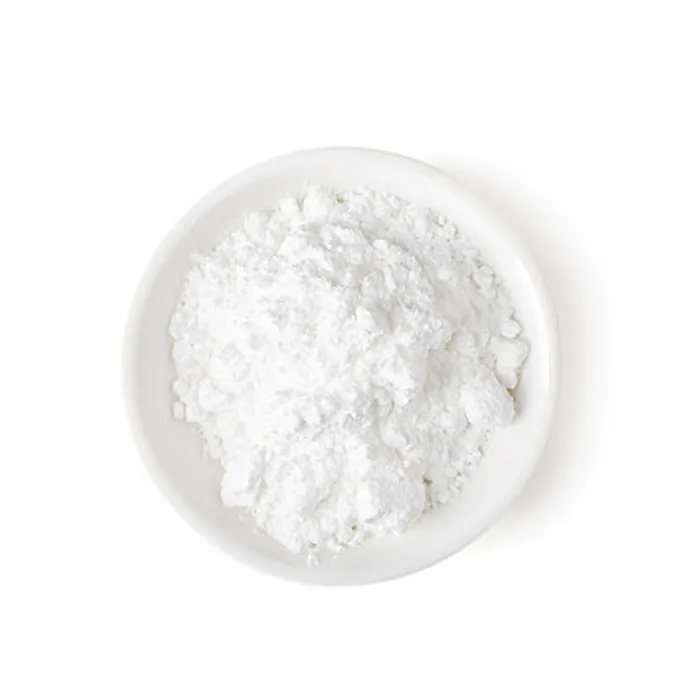6-Amino-1,3-Dimethyluracil An In-Depth Exploration
6-Amino-1,3-dimethyluracil, a derivative of uracil, is a nitrogenous compound that has garnered attention in various fields of research, particularly in biochemistry and pharmaceuticals. This compound, which contains a 6-amino group and two methyl groups at the 1 and 3 positions, demonstrates unique structural properties that can influence its biological activity and interactions with other molecules.
Chemical Structure and Properties
The molecular formula of 6-amino-1,3-dimethyluracil is C₇H₈N₄O₂. Its chemical structure is characterized by a pyrimidine ring, where the base uracil serves as the parent compound. The substitution of amino and methyl groups alters the compound's solubility, stability, and reactivity. The presence of the amino group enhances donor characteristics, allowing for potential interactions with nucleophiles and influencing hydrogen bonding capabilities. These structural traits are critical in understanding how 6-amino-1,3-dimethyluracil may behave in both biochemical and pharmacological contexts.
Biological Significance
6-Amino-1,3-dimethyluracil has similarities to uracil, which is known to play a central role in nucleic acid metabolism. Uracil is one of the four nucleobases in RNA and is pivotal in the synthesis of RNA and the regulation of gene expression. The modifications present in 6-amino-1,3-dimethyluracil can impact its ability to mimic or inhibit biological processes involving nucleotides. Its unique properties have led to evaluations of its potential roles in influencing enzyme activity and as an intermediate in various biochemical pathways.
Researchers have been particularly interested in the compound’s potential as an antimetabolite. Antimetabolites are substances that impede cell growth by interfering with nucleic acid metabolism. By mimicking natural nucleobases, 6-amino-1,3-dimethyluracil could hinder the function of enzymes essential for DNA and RNA synthesis, making it a candidate for exploring therapeutic applications, notably in cancer research.
Pharmacological Applications
6-amino-1,3-dimethyluracil

The pharmaceutical potential of 6-amino-1,3-dimethyluracil has drawn interest in drug development, specifically as a lead compound for creating novel therapeutics. Its derivatives may provide a framework for synthesizing new medications with improved efficacy or reduced side effects. The ongoing study of this compound extends into areas such as antiviral and antibacterial therapies, where the inhibition of nucleic acid synthesis can be particularly effective against rapidly proliferating pathogens.
One of the primary advantages attributed to 6-amino-1,3-dimethyluracil is its capacity to selectively target diseased cells, minimizing damage to healthy cells. This selective activity is fundamental in the field of targeted therapy, a strategy designed to maximize therapeutic impact while reducing toxicity.
Research and Development
The research trajectory for 6-amino-1,3-dimethyluracil is multifaceted, encompassing synthetic chemistry, molecular biology, and pharmacology. The synthesis of this compound and its derivatives typically involves organic reactions that enhance the amino and methyl functionalities while maintaining the integrity of the uracil structure. Techniques such as combinatorial chemistry and structure-activity relationship (SAR) studies are employed to optimize the pharmacological properties of newly synthesized derivatives.
As researchers continue to explore the biological mechanisms underpinning the activity of 6-amino-1,3-dimethyluracil, the compound stands at the forefront of innovative approaches to drug development. Investigating its role in metabolic pathways and its potential interactions with cellular targets will be crucial in unlocking its therapeutic capabilities.
Conclusion
In summary, 6-amino-1,3-dimethyluracil is a compound of significant interest due to its unique structural features and potential biological activities. Its ability to modulate nucleic acid metabolism opens various avenues for research, particularly in pharmacology. As studies progress, this compound may play an essential role in developing new, effective treatments for a range of diseases, showcasing the importance of understanding both the chemistry and biology behind such compounds. The ongoing exploration of 6-amino-1,3-dimethyluracil underlines the intricate relationship between chemical structure and biological function, a foundation essential for advancements in medical science.

